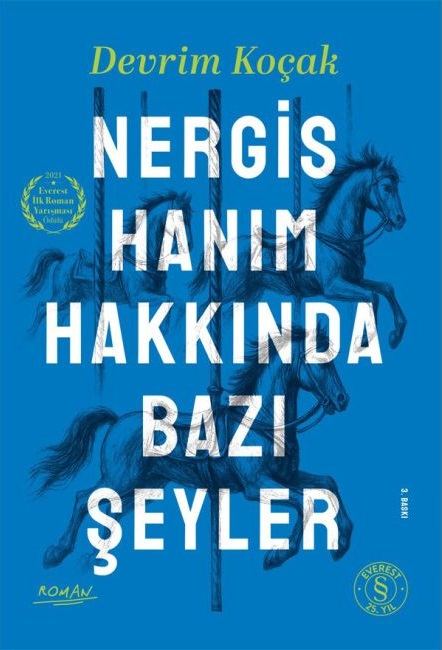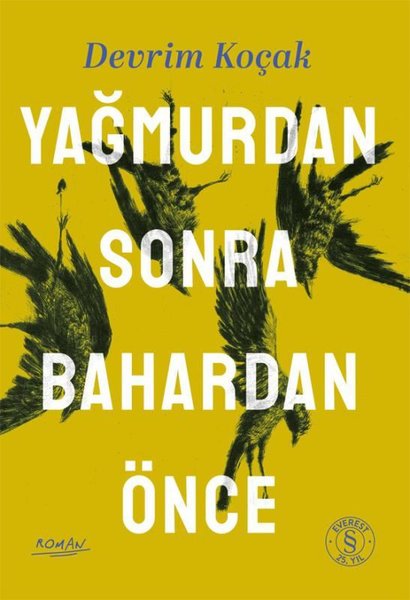To what extent does the character of Levin in Anna Karenina reflect Tolstoy’s own worldview?
The character of Levin largely reflects Tolstoy’s worldview and is considered the author’s alter ego. Levin’s personal and philosophical journey in Anna Karenina mirrors Tolstoy’s own life’s quests, crises, and belief system.
- Parallels Between Levin and Tolstoy
A Tie to the Land and an Interest in Peasant Life:
Levin left the urban aristocratic environment and worked with the peasants in the village.
From the 1870s onward, Tolstoy also rejected the nobleman’s life and began living like a peasant, engaging in agriculture and even making his own shoes.
The Quest for Religion and Spirituality:
Throughout the novel, Levin asks the question, “What is the meaning of life?” He is dissatisfied with the official dogmas of the church, but ultimately, he comes to a simple, sincere faith.
Tolstoy, too, abandoned the Orthodox Church after experiencing an existential crisis in the 1870s and developed his own Christian anarchist doctrine. The “God-given inner peace” Levin feels in the final scene closely resembles the spiritual answer Tolstoy sought.
Marriage and Family Values:
Levin discovers family happiness by marrying Kitty, a reference to Tolstoy’s own marriage (to Sofia Tolstoy).
However, Tolstoy never fully found happiness in real life, and his marriage was fraught with conflict. Levin’s happy ending is perhaps an idealized image by the author.
Concern for Modernization and Social Justice:
Levin strives to improve the peasants’ situation through land reforms and is critical of pro-Western liberals and socialites.
Tolstoy also advocated similar ideas on issues such as peasant education, land ownership, and non-violence, even distributing his property to the peasants.
- Levin is the Literary Representation of Tolstoy’s Intellectual Transformation
Anna Karenina (1877) was written just before Tolstoy’s “great spiritual crisis” (1870s). Levin’s inner conflicts foreshadow the spiritual enlightenment the author would soon experience.
Tolstoy uses Levin as a novella for the “moments when life seems meaningless,” which he describes in My Confessions (1882).
- Levin vs. Anna: Two Opposing Destinies
The contrast between Anna (passion, rebellion against social rules, tragedy) and Levin (quest, spirituality, peace) represents Tolstoy’s two different views of life:
Anna, “Tolstoy’s rejected old life” (the city, the aristocracy, the captivity of passions);
Levin, on the other hand, represents “the new values Tolstoy strives for” (simplicity, village life, spiritual fulfillment).
Levin is Tolstoy’s Conscience
Levin is not just a character, but a literary manifestation of Tolstoy’s thoughts. The peace Levin finds at the end of the novel represents an ideal Tolstoy never fully achieved in his own life (but constantly sought). In this respect, Anna Karenina is not only a love tragedy but also the story of a writer’s search for his own soul.


